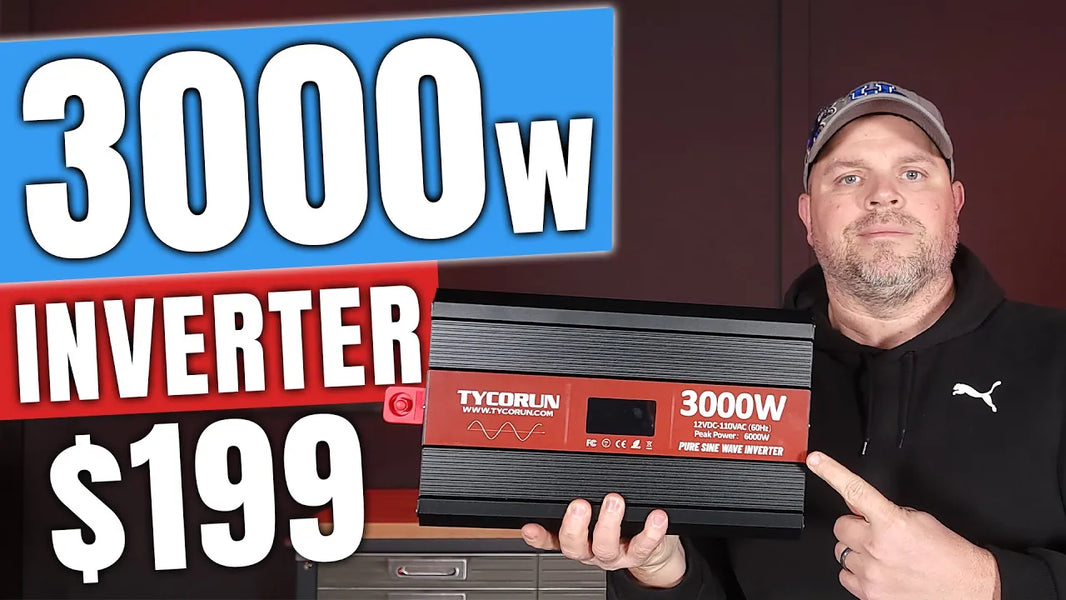
main content:
The structure and control logic of a HEV powertrain depends on usage requirements, including but not limited to usage performance, power range, and emissions specifications. Performance requirements such as initial acceleration, cruising speed, top speed and maximum gradeability determine the power requirements of the engine and electric motor. In addition, the power requirements are also influenced by the multiple driving schedules in the worst-case scenario. The energy storage system must be designed to meet the powertrain's energy requirements for a specified range, either from a single battery pack or a combination of battery packs and capacitors. Since the motor does not emit pollutants, the vehicle's ability to meet emission standards is only affected by the engine's emission performance.
The power of a hybrid vehicle is derived from the combined output of the engine and the motor, and the power distribution of the motor and the engine is affected by the use of the vehicle. Hybrid vehicles driving in the city and vehicles driving on the highway have different characteristics in the design of the power transmission system. Compared with vehicles driving on the highway, vehicles that only drive on urban road conditions have lower requirements for motor and engine power. For vehicles used in cities with a daily mileage of less than 150km, the pure electric vehicle solution is more suitable. Designers weigh designs based on tasks and specifications, discussing series and parallel structures before choosing. Each subsystem of the drive train has its own independent control unit and is integrated by a monitoring unit. The type of vehicle control is determined by the vehicle's mission. The designed system must accommodate all real-world situations within the constraints of the design requirements. The control system should include the necessary safety measures and be able to deal with most unexpected situations (such as some subsystems are damaged or cannot be executed, etc.).
After the structure of the powertrain based on the vehicle mission is determined, the design of the electronic system and mechanical system components will be carried out. The design of the electrical system of the series hybrid vehicle is the same as that of the pure electric vehicle. In the design of the engine, the main consideration should be given to charging the battery and driving the generator to generate electricity to make the motor run and provide the required power for the normal driving of the vehicle. Compared with series hybrid vehicles, the design of system components in parallel hybrid vehicles is more complex. If the design of the vehicle is biased towards the engine, the number of batteries can be appropriately reduced and the electrical system can be configured for maximum specific power rather than maximum specific energy. In the working conditions with higher power requirements such as acceleration and overtaking, the peak power demand is provided by the battery and the engine jointly. During regenerative braking, the battery is mainly used to store the recovered braking energy. Capacitors can be used instead of battery packs if the vehicle's demand for peak power is high. If the design of the vehicle is biased towards electric drive, it is required that the maximum consumption of the battery power does not exceed 80% after the vehicle travels the distance with a fully charged battery and reaches the maximum driving range specified in the design. If the power of the electrical and mechanical systems of a parallel hybrid vehicle is properly distributed, the design of the electrical components can be carried out based on the specified power and using the same design principles as the components of a pure electric vehicle. The design principle of the parallel hybrid vehicle is similar to that of the pure electric vehicle. The transmission ratio between the engine and the wheel drive shaft of the parallel hybrid vehicle can be obtained by matching the maximum speed of the engine and the maximum speed of the drive shaft. In addition, if the operating conditions of the vehicle are relatively simple, and the demand for instantaneous driving force (such as acceleration and other operating conditions) is not high during driving, a single-speed ratio powertrain can be used to reduce the complexity of the system. The following content will mainly discuss the design of the power parameters of the parallel hybrid electric vehicle.
1. Rated speed

Assuming that the battery is not sufficient to provide power in the desired range, the electric motor of a hybrid vehicle is primarily used to meet the acceleration needs of the vehicle, the engine provides cruising power at rated vehicle speed and the vehicle's driveline employs a single gear ratio. Therefore, the design parameters of the engine depend on the cruising power requirement of the vehicle at rated speed, not on the power storage capacity of the battery. Therefore, in the design process of hybrid electric vehicles, the main parameters of the engine should be determined first, and their specifications can reduce the power requirements of the motor for the acceleration characteristics of the vehicle.
Figure 1 shows the force-speed characteristic and road load characteristic curves of a typical engine, which take into account engine displacement, road load rating and vehicle parameters. The correct engine design or selection mainly depends on the intersection of the worst road load characteristics and the force-speed curve at the rated engine power, and also leaves a 10% margin for battery charging. The process of determining engine headroom is very complex, involving factors such as vehicle driving cycles, battery capacity, battery charge/discharge characteristics, and generator characteristics.

Figure 1 - Force-speed characteristic and road load characteristic of a typical engine
2. Initial acceleration

In the initial acceleration stage, since the motor has a higher peak power, it can provide a larger instantaneous driving torque. The effective mechanical power of the engine can be mixed with the acceleration power of the electric machine, thereby reducing the power requirements for the electric machine. The power requirement for the motor depends on the speed at which the two drive units start torque mixing.
Figure 2 shows the effect of torque mixing of the engine and electric machine (when the electric machine is running at rated power) during the acceleration phase for a vehicle with a single gear transmission. It can be seen from Figure 2 that due to the small torque capacity of the engine at low speeds, the engine has almost no effective power output before the vehicle reaches the minimum critical vehicle speed vcr. Therefore, torque mixing should start after this critical speed, try to avoid using the engine during the initial acceleration phase, and avoid increasing the rated power of the motor. If the power mixing of the engine and electric motor is delayed beyond the vcr, the demanded power of the electric motor increases non-linearly with the vehicle speed. Figure 2 shows two curves for the constant power region, where the constant power region is a parameter and x is an integer. The lower curve has a wider constant power region than the upper curve, and the comparison of the two curves once again verifies the conclusion that the motor size can be reduced by extending the constant power region. The power requirement of the vehicle engine depends on the rated vehicle speed, which in combination with the electric motor can provide sufficient initial acceleration.

Figure 2 - Function relationship between required power and vehicle speed when the engine is engaged in work
3. Maximum speed

The power requirement of the drive system at the maximum speed is FTR·vmax, which is provided by the engine and the electric motor. Calculated as follows:

(1-1)
The electric motor must meet the power requirement at the maximum vehicle speed, and the power of the electric motor at the maximum vehicle speed is equal to the maximum vehicle speed power requirement minus the cruising power at the rated engine speed. The motor power calculated in this step is usually smaller than the motor power in the initial acceleration phase. (Unless there are strict requirements for the maximum speed under some special conditions, such as high-speed driving on a steep slope).
4. Maximum grade

According to the previous three requirements, once the power parameters of the engine and motor are determined, it should be checked whether they can meet the requirements of the maximum grade. The maximum grade of the vehicle is also calculated according to the formula (1-1).
If the calculation cannot meet the conditions, then the following measures need to be taken: ① increase the specifications of the engine or motor; ② increase the specifications of both at the same time; ③ change the transmission ratio to meet the requirements of the grade.
Although the above design principles indicate that the design specification of the engine mainly depends on the rated cruising speed and the specification of the motor depends on the initial acceleration, the actual design involves a lot of computer simulation and various driving cycles, and takes into account many factors such as vehicle parameters and the characteristics of the selected battery, motor, generator and engine. The design and finalization of all BEV and HEV components is an iterative process that needs to be calculated, adjusted and verified until design requirements are met. Only the theoretical basis of the preliminary design is discussed here, and unnecessary parameter margins are avoided.
















